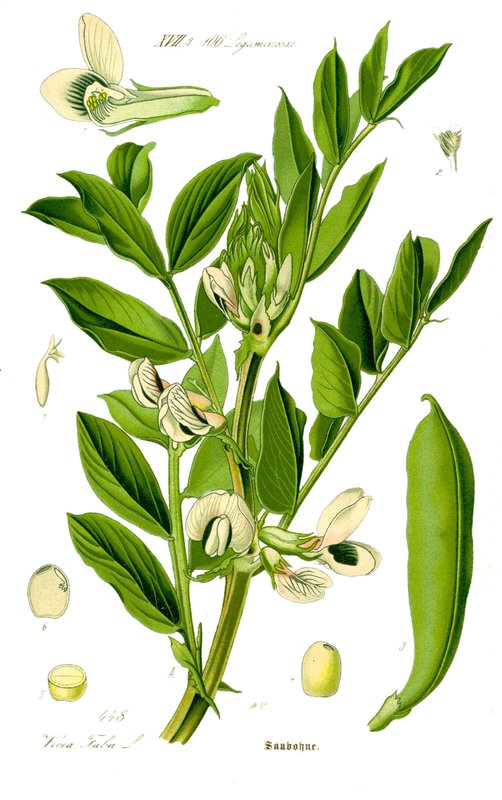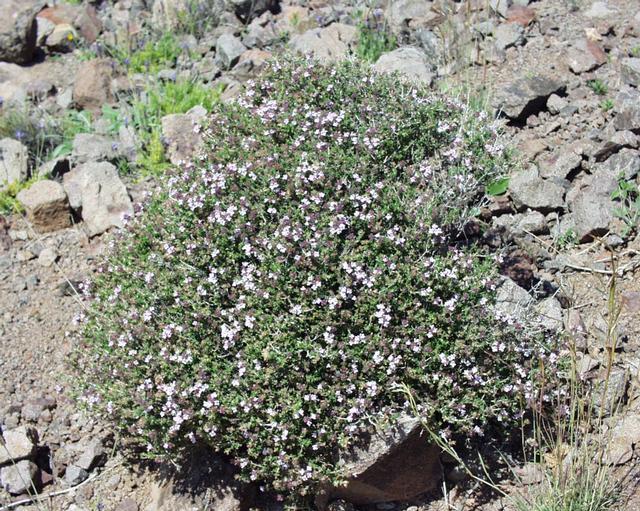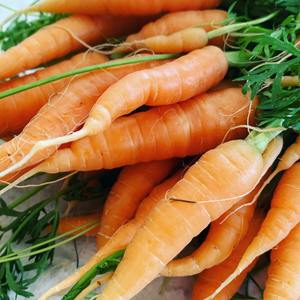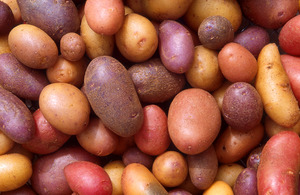Description
Flax, also known as Linum usitatissimum, is a plant native to the Mediterranean region. It is a slender annual plant that grows to about 1-2 feet tall and has slender, branching stems. The leaves are narrow and lanceolate, and the flowers are small and pale blue.
Flax is a fast-growing plant that prefers well-drained, moist soil and full sun. It is not winter hardy and should be planted in the spring. To cultivate flax successfully, a grower should keep the soil moist and weed-free, and provide the plant with plenty of sunlight.
Flax is not typically grown for its edible parts, but the seeds can be ground into a meal or flour and used in baking. The plant’s fibers, on the other hand, are used to make linen fabric. To harvest the fibers, the stems are soaked in water to loosen the fibers, which are then pulled out by hand or with a tool.
Flax has been used for centuries for its fibers, which are strong and durable. In addition to making fabric, flax fibers can also be used for weaving, building material, and other purposes. Flax is also valued for its medicinal properties and has been used to treat a variety of ailments. It is also a good source of nectar for bees and other pollinators.





